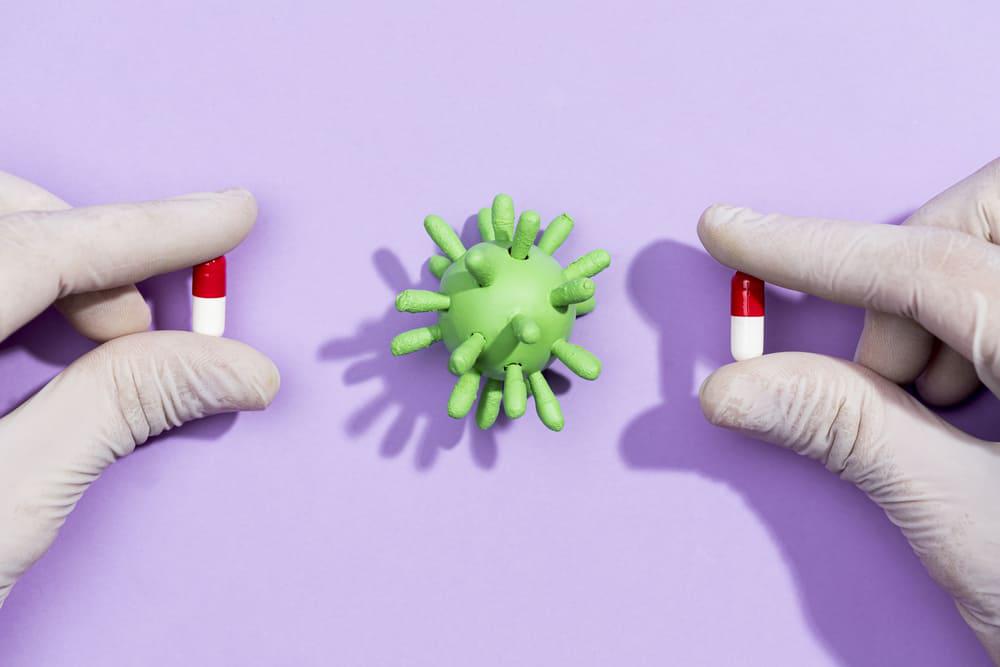HIV/AIDS remains a significant public health concern, particularly within LGBTQ+ communities. Despite advancements in treatment and prevention, certain groups continue to face disproportionately higher risks due to social, economic, and biological factors. This blog explores the reasons behind these disparities, presents key statistics, and discusses effective prevention strategies.

Understanding the Disproportionate Impact
Globally, LGBTQ+ individuals—especially gay and bisexual men, transgender women, and Black and Latino MSM (men who have sex with men)—are at a higher risk of HIV infection. According to the U.S. Centers for Disease Control and Prevention (CDC):
- Gay and bisexual men account for 69% of new HIV diagnoses in the U.S.
- Transgender women are 49 times more likely to live with HIV than the general population.
- Black MSM face the highest rates, with 1 in 2 expected to contract HIV in their lifetime if current trends continue.
Key Statistics on HIV in LGBTQ+ Communities
| Population Group | HIV Prevalence (%) | Risk Factor (Compared to General Population) |
|---|---|---|
| Gay & Bisexual Men | 25% of global HIV cases | 22x higher 🚨 |
| Transgender Women | 19% (U.S. data) | 49x higher ⚠️ |
| Black MSM | 40% of new U.S. cases | Disproportionately high 🔥 |
Why Are LGBTQ+ Communities More Vulnerable?
Several factors contribute to the elevated HIV risk in LGBTQ+ populations:
- Stigma & Discrimination 😔
- Fear of rejection leads to lower testing rates and delayed treatment.
-
Healthcare discrimination discourages access to PrEP (Pre-Exposure Prophylaxis).
-
Limited Sex Education 📚
- Many schools exclude LGBTQ+-inclusive HIV prevention education.
-
Misinformation about transmission persists.
-
Higher Rates of Mental Health Struggles 🧠
- Depression and substance abuse increase risky behaviors.
-
LGBTQ+ youth experiencing homelessness are 3x more likely to engage in survival sex work.
-
Biological Factors 🦠
- Anal sex has a higher transmission risk than vaginal sex.
- Undetectable = Untransmittable (U=U), but low awareness remains.
Effective Prevention Strategies
Thankfully, multiple strategies can help reduce HIV transmission in LGBTQ+ communities:
1. PrEP (Pre-Exposure Prophylaxis) 💊
- 99% effective when taken daily.
- Yet, only 23% of at-risk individuals use it.
2. Regular Testing & Early Treatment 🩺
- CDC recommends at least annual testing for sexually active MSM.
- Early ART (Antiretroviral Therapy) suppresses viral load, preventing transmission.
3. Comprehensive Sex Education 🏫
- Inclusive programs reduce stigma and promote safer sex practices.
4. Community Support & Advocacy ✊
- LGBTQ+ health centers provide confidential testing and counseling.
- Advocacy for policies reducing discrimination in healthcare.
HIV Prevention Tools & Effectiveness
| Strategy | Effectiveness | Key Benefit |
|---|---|---|
| PrEP (Daily Pill) | 99% | Blocks HIV before infection 🛡️ |
| Condoms | 85% | Reduces multiple STIs 🩹 |
| U=U (Undetectable Viral Load) | 100% | Zero risk if treated ✅ |
| PEP (Post-Exposure Prophylaxis) | 80%+ | Emergency prevention 🚑 |
The Road Ahead: Challenges & Hope
While progress has been made, structural barriers remain:
- Cost & Access 💸 – PrEP is expensive without insurance.
- Cultural Stigma 🚫 – Some communities avoid HIV discussions.
- Global Disparities 🌍 – LGBTQ+ criminalization in some countries worsens risks.
However, awareness campaigns, telehealth services, and new prevention tools (like injectable PrEP) offer hope. By addressing systemic inequalities and expanding education, we can move closer to ending the HIV epidemic.
Final Thoughts
HIV disproportionately affects LGBTQ+ communities, but effective prevention is possible 🌈. Through education, medical advancements, and societal support, we can reduce infections and ensure healthier futures for all.
What can you do?
- Get tested regularly 🧪
- Advocate for inclusive policies 📢
- Support LGBTQ+ health organizations 💙
Let's work together to fight HIV stigma and promote safer, informed choices! 💪




